Is Vladimir Putin trying to end his war in Ukraine? According to recent reports, the Kremlin has launched a new “back-channel diplomacy” to reach out to senior officials in the Joe Biden administration. Putin’s message: to signal that he could accept a ceasefire that freezes the fighting along current lines.
Reactions to the story have been furious. Some Ukrainians, sheltering from Russia’s biggest-ever missile and drone assaults of the war over Christmas, saw it as evidence of a nefarious Washington insider plot to sell Kyiv down the river. President Volodymyr Zelensky dismissed Putin’s initiative as disingenuous, saying that he saw “no sign” Russia genuinely wanted to negotiate. “We just see brazen willingness to kill,” he told the New York Times.
In one sense, Zelensky is right: Putin’s ceasefire proposal will lock in Russia’s military gains, allow Putin to claim victory, reward aggression and effectively partition Ukraine. Nor does Putin’s reported offer to talk show any real willingness to compromise. “We have repeatedly proved that we are able to solve the most difficult tasks and will never retreat, because there is no force that can divide us,” Putin told his nation in his New Year’s address — hardly the words of a man preparing any kind of climbdown.
Yet there is one brutal truth at the core of Putin’s maneuverings: the partition of Ukraine has, to a significant extent, already happened. Though no one in Washington wants to spell it out, the key challenge facing US policymakers this year will be how to handle that reality. The past year of fruitless fighting has shown that reconquering Ukraine’s lost territories in their entirety will require many times more blood and treasure than has already been spent — money that the US is increasingly unwilling to provide.
Conversely, accepting Moscow’s annexation of the four regions of southern Ukraine that Putin has already declared to be part of Russia would represent a profound humiliation for the US and its allies.
For all Ukraine’s sacrifice, bravery and ingenuity, the final outcome of the war will be determined not in Kyiv but in Washington, which provides the lion’s share of military aid. Though Biden has repeatedly vowed never to do a deal over the heads of the Ukrainians, the truth is that Washington’s hand is on the tap of military and financial aid that is the lifeblood of Ukraine’s war effort.
To Zelensky’s close advisor Mykhailo Podolyak, the only possible course is for the West to provide enough weaponry for Ukraine to inflict a decisive defeat on Putin. The US needs to “understand clearly what is at stake in this conflict… we are at a historical moment when [the West] needs to choose for yourselves a future path for the next ten, twenty years,” Podolyak told me in Kyiv last month. “If we do not defeat Russia now they will invest money in global destabilization, then [the West] will have to spend much more money in an attempt to defend itself from this growing chaos”
To that end, Ukraine’s army chief General Valery Zaluzhny has produced a shopping list of powerful weaponry that he says can shift the deadlock on the ground — notably F-16 planes, long-range ATACMS rocket artillery and air-launched cruise missiles like the British Storm Shadow and Swedish-German Taurus. But even Zaluzhny gloomily admitted in November that “a magical breakthrough” to reconquer all of its lost territories was unrealistic. A year’s fighting at the cost of tens of thousands of Ukrainian lives and $67 billion in US military aid has failed to move the front lines significantly. Southern Ukraine is flat country that favors Russia’s superior artillery and air power — not to mention its deep, heavily mined defensive lines.
Kyiv needs a significant escalation in US support even to turn the dial in its battle against Russia. Yet the cruel reality is that the political vector in the US is going in the opposite direction. Even continuing existing levels of aid, let alone massively increasing it, is already proving a formidable challenge for Biden. Congress remains deadlocked over the issue. Many leading Republicans — most notably Donald Trump — are implacably opposed to continuing to provide aid to Kyiv.
With the possibility of an incoming Trump administration, Putin has every incentive to wait for the outcome of the US presidential election this November before finalizing any deal. But any deal Trump might do over Ukraine would in fact be little different to the one available to Biden. The only real news in Putin’s reported offer to talk is that it has focused US debate not on abstract ideas of compromise but on partition as the only deal likely to be on the table.
Kyiv’s stated war aim of restoring its 1991 borders has the logic and virtue of being just in international law. But even if a reconquest of Kherson, Zaporizhia, Donbas and Crimea were militarily possible, would their re-incorporation into Ukraine make the country safer and more stable — or the contrary? Up to 130,000 men mobilized from the Donbas have been fighting for the Russians on the front lines — fighting, unlike their comrades-in-arms from distant regions of Russia proper, for their own home territory. These former Ukrainians are unlikely to lay down their arms en masse and welcome in the enemies they have been fighting since 2014. At the same time, Russian authorities have been ruthlessly eliminating opposition in the territories they occupy and propagandizing the population. Pro-Ukrainian citizens who have not already fled have been arrested, tortured and deported.
With information tightly controlled and the local press stifled, the true loyalties and feelings of the people in Russian-occupied territories are hard to gauge. But conversations with some of my old contacts in Donbas suggest a deep war fatigue — and strong opposition to being liberated by Ukraine’s forces. “Some people are angry that [Kyiv] abandoned them, some are angry that [Kyiv] resisted and caused so much destruction,” a local journalist I first met in Donetsk in 2014 says of a recent trip to Mariupol. “But most of all, people very much don’t want the war to come back to their homes. They don’t care what color their passport is.”
Even before Putin’s full-scale offensive of February 2022, public discussion of partition was a political taboo in Ukraine. Yet Zelensky himself was willing to accept a fudge in the form of a “special status” for the self-declared People’s Republics of Donetsk and Luhansk inside an effectively federalized Ukraine. Indeed one of his early political triumphs was to successfully negotiate a deal to hold a referendum in the Donbas on its future status in October 2019 — only to have the planned vote cancelled after violent Ukrainian nationalist protests in Kyiv. Even during negotiations with Russia in March and April 2022, Zelensky’s team were willing to forgo Ukraine’s membership of NATO and agree to delay discussions of Crimea’s status for years — only to abandon talks when Russia overplayed its hand and demanded demilitarization of the country.
With the official incorporation of the occupied regions into the constitution of the Russian Federation in September 2022, that kind of compromise is no longer possible. Official acceptance of a loss of territory will be politically unsurvivable for any Ukrainian president; but a ceasefire does not necessarily entail an official acknowledgement of territorial loss. The government of the Republic of Cyprus does not acknowledge the existence of Turkish-occupied Northern Cyprus, for instance, and that occupation did not hinder Cyprus’s accession to the EU.
There are prominent voices in Ukraine — including Zelensky’s former adviser Oleksiy Arestovych — who are openly calling for Kyiv to let the occupied territories go. “If the loss of Donbas and Crimea is the price Ukraine has to pay for membership of the EU and NATO, that is a price worth paying,” Arestovych tweeted last August, sparking a storm of controversy which culminated in his being forced to leave Ukraine. “I consider myself a political exile,” he told me last month.
“We need to amputate Donbas like a gangrenous limb,” says another former senior member of Zelensky’s cabinet who is now contemplating a political career in opposition. “Nothing good will ever come to Ukraine from Donbas.” Even Podolyak, who remains a close Zelensky ally, acknowledges: “We are talking about defeating Russia, not about territory.” That’s a crucial distinction. In recent months Ukraine has scored spectacular damage on Russian naval installations in Crimea — including the sinking last month of a major landing ship. The Kerch bridge, a cherished Putin vanity project already twice damaged in Ukrainian attacks, is surely squarely in the sights of Ukraine’s chief of military intelligence, General Kyrylo Budanov. Long-range drone attacks and sabotage operations deep inside Russia will probably continue to embarrass Putin as he prepares for a basically uncontested presidential election in March. On the sanctions front, moves are afoot to formulate a legal route to confiscate some $350 billion of frozen Russian state assets held in the West and channel the money to the reconstruction of Ukraine. And last month, in a landmark moment, the EU offered formal candidate status to Kyiv.
Putin has occupied 22 percent of Ukraine’s land and inflicted horrific damage on the country. But in every other way he has failed in his war aims. Ukraine has become more united in its determination to join the West. It has also developed the most powerful military in Europe. Rather than create a puppet state, Putin has created an implacable enemy. Russia’s economy may have survived sanctions, but 40 percent of state expenditure is wasted on war. The Ukraine invasion has fundamentally restructured Putin’s two-decades-long pact with his people to provide prosperity in return for a blind eye turned to the elites’ wholesale plundering of the country. His political survival depends on a permanent confrontation — if not necessarily a shooting war — with the West.
The problem facing western policymakers is that, however damaged Russia may be, Putin still wins by not losing. Biden has failed to mobilize the political will to make Ukraine a global war for democracy — or make the West its arsenal. That, most regrettably being the case, accepting the realities on the ground — de facto partition along the line of control, backed by security guarantees for Kyiv short of full Nato membership — is left as the only feasible solution.
This article was originally published in The Spectator’s UK magazine. Subscribe to the World edition here.



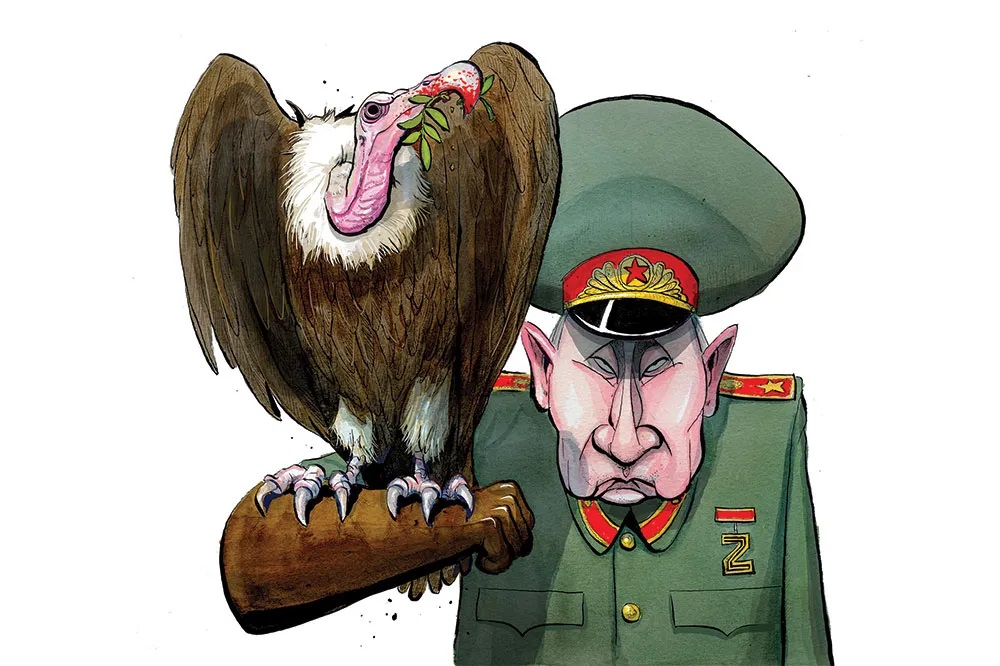







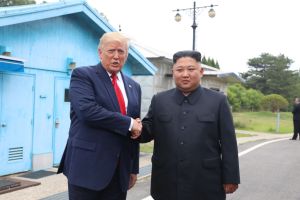
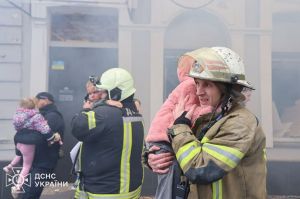
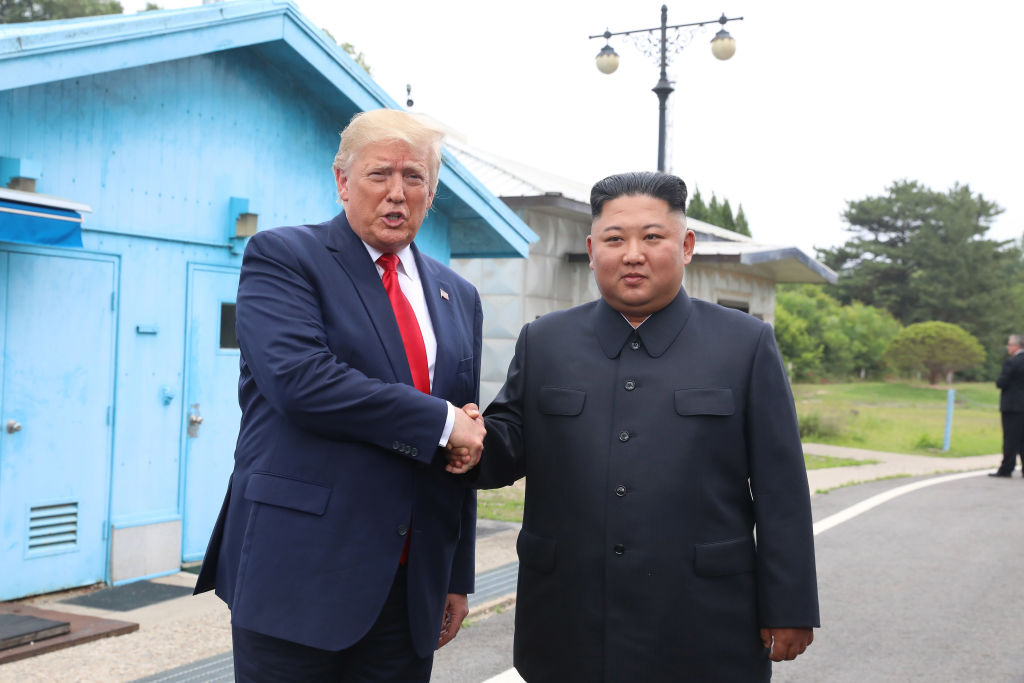
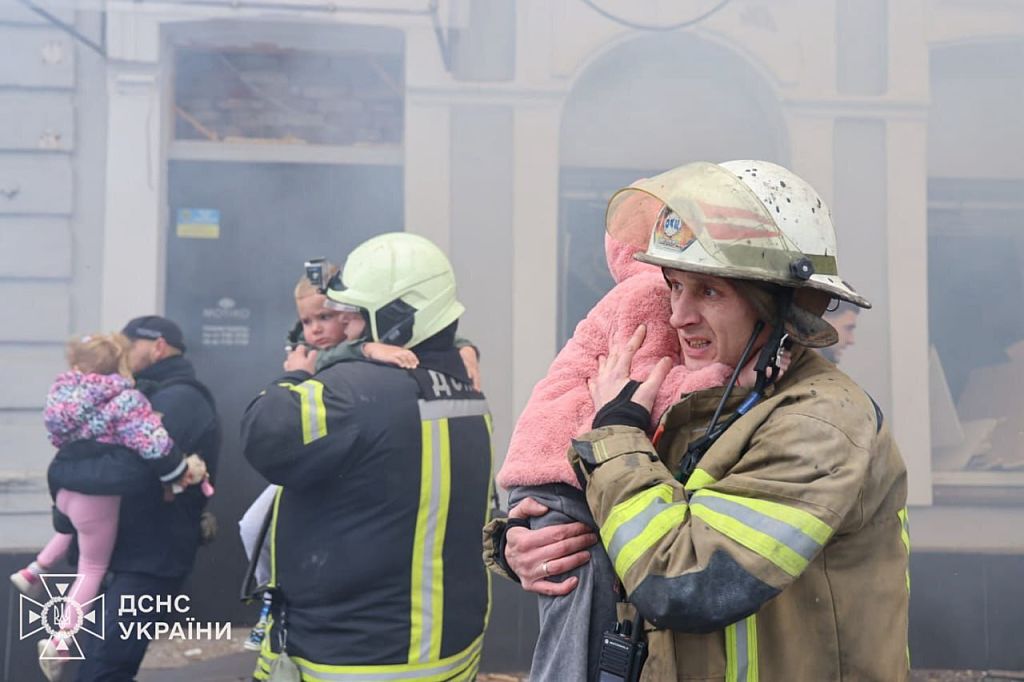
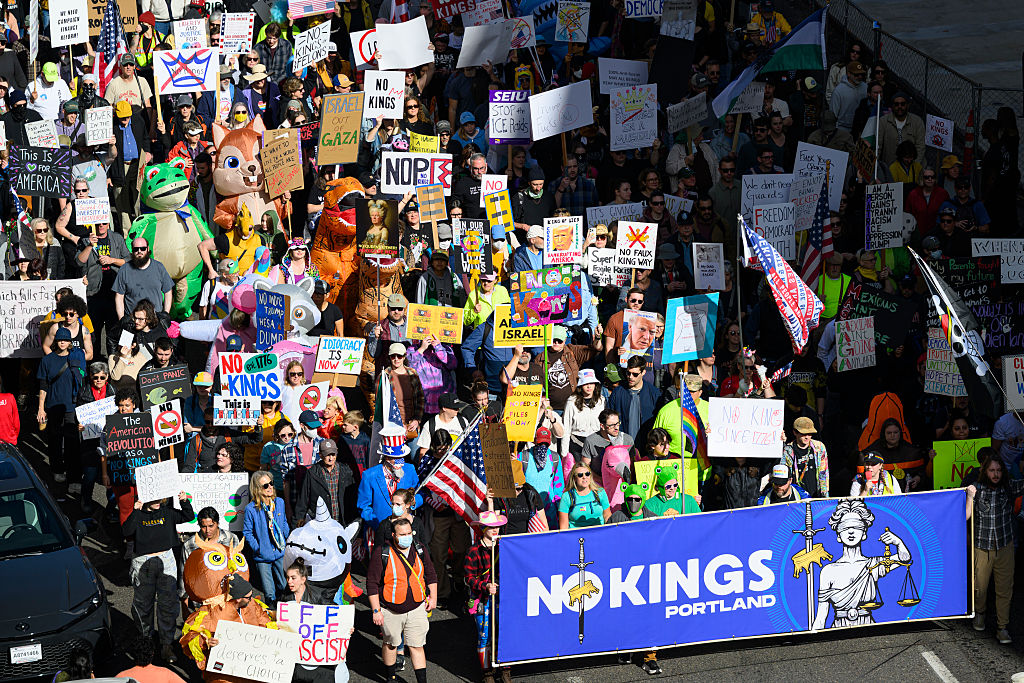
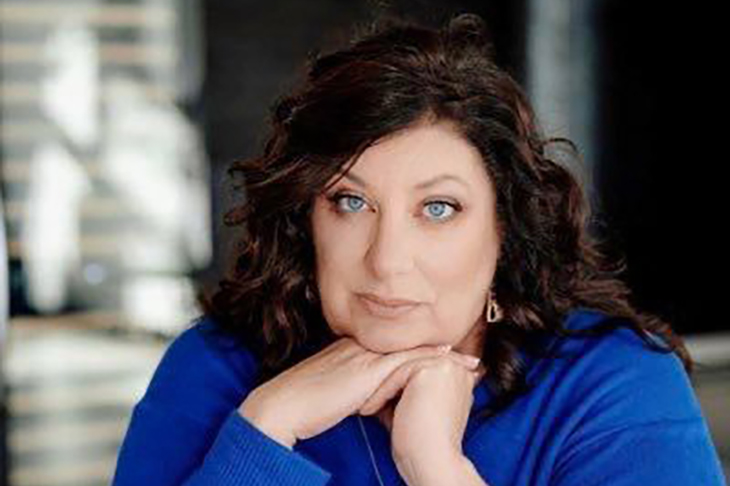
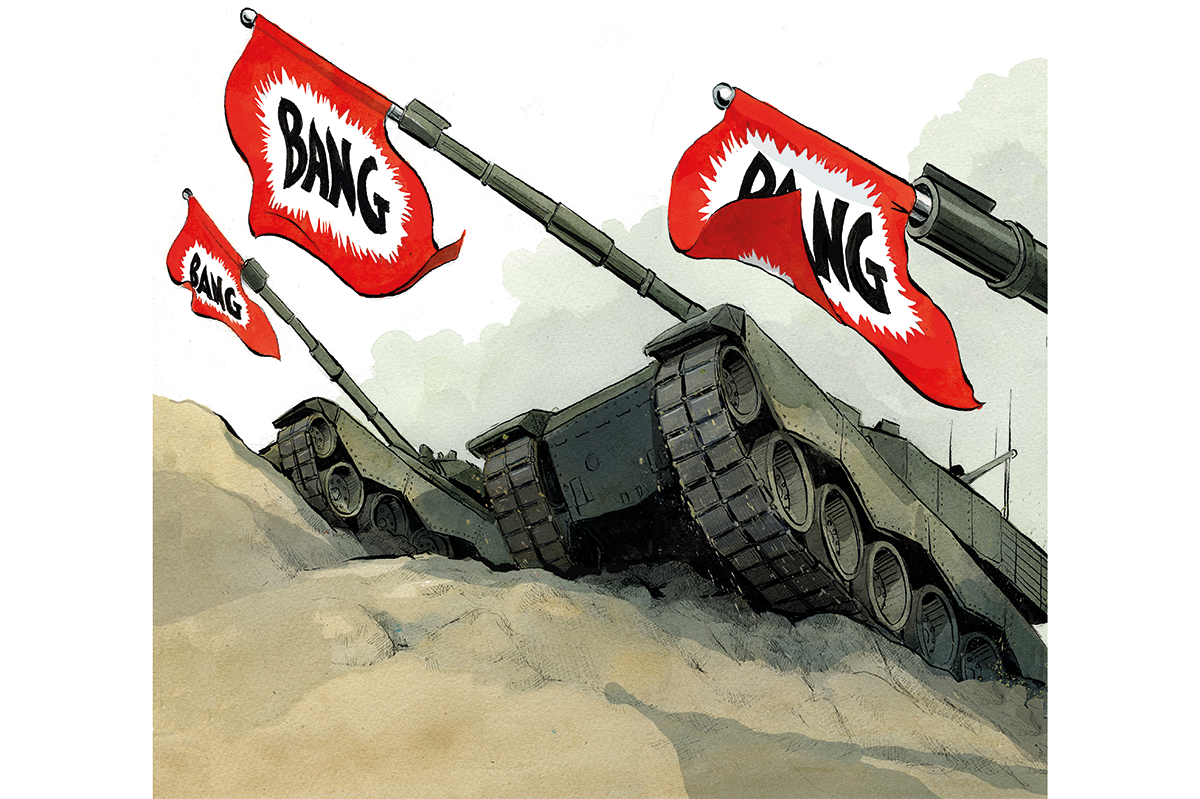
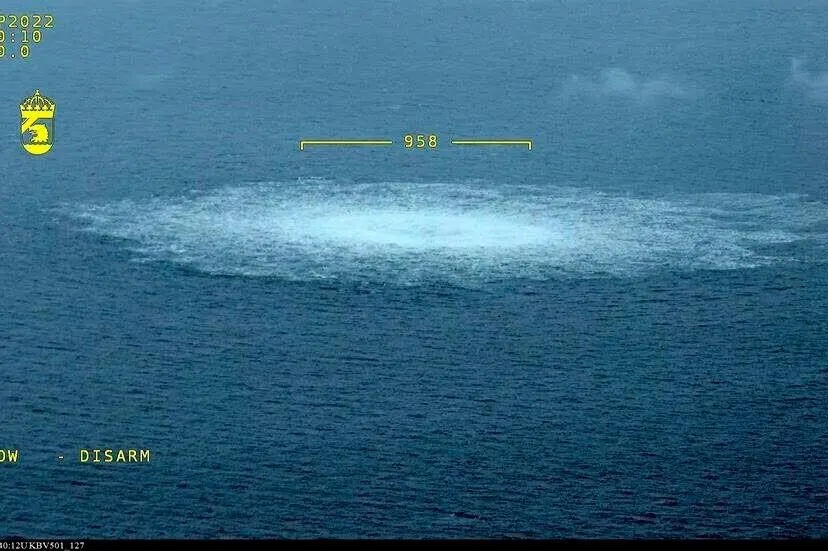







Leave a Reply